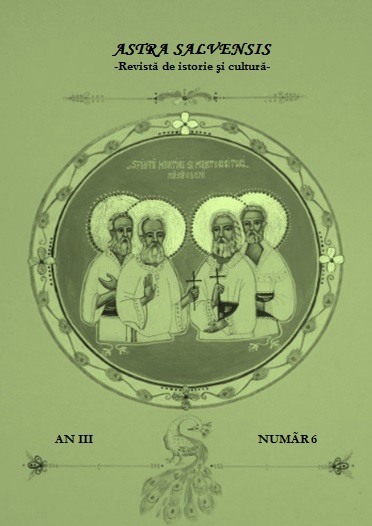IMPACTUL CARANTINEI DUNÃRENE ASUPRA COMERŢULUI INTERNAŢIONAL CU CEREALE DIN REGIUNEA DUNÃRII DE JOS (1829-1853)
The Impact of the Danube Quarantine on the International Trade with Grains in the Lower Danube Region (1829-1853)
Author(s): Cristian ConstantinSubject(s): History
Published by: Asociaţiunea Transilvană pentru Literatura Română şi Cultura Poporului Român - ASTRA
Keywords: Brăila; Galaţi; ports; quarantine; foreign travellers; grains
Summary/Abstract: During the 18th and 19th centuries, a large part of the world grain trade was controlled by certain intermediate ports, where it was stored for lengthy periods and sold when market conditions seemed favourable. This procedure was called deposit trade, and it occupied most of the commerce of large ports such as Hamburg and Amsterdam in Northern Europe, Marseille, Genoa, Leghorn and Trieste in the Mediterranean. By the early 1830s, Danubian grain entered this commercial pattern, following the provisions of the Russian–Turkish Peace of Adrianople (1829). It granted the two Romanian Principalities of Wallachia and Moldavia full freedom to pursue commerce and to navigate on the Danube, turning the ports of Brăila and Galaţi into important suppliers of grain on the European markets. In the following two decades, Danubian grain supplied the Mediterranean deposit ports, before a decisive shift took place following the repeal of the Corn Laws in Britain, when most of the Danubian wheat and maize was carried directly to the British archipelago. The original writings of several foreign travellers who visited the Romanian Principalities provided us with important information about the Danubian quarantine established at the mouth of the Danube (or in Dobrudja) in the 19th century. The works of the foreign travellers included in the series of foreign travellers about the Romanian Principalities in the 19th century, managed to portray the manner in which the quarantine was organized and how disinfection measures were applied to both people and goods.
Journal: Astra Salvensis - revista de istorie si cultura
- Issue Year: III/2015
- Issue No: 6
- Page Range: 21-31
- Page Count: 11
- Language: Romanian

